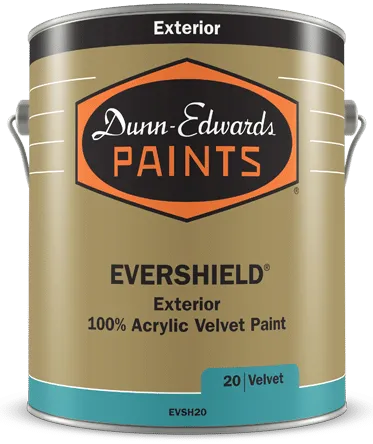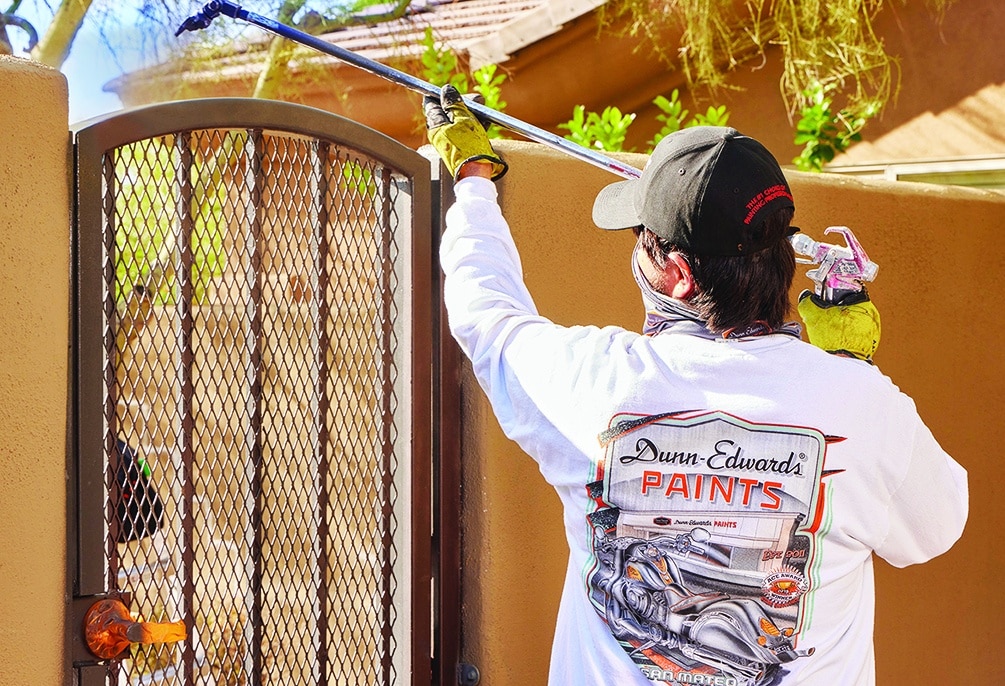Cottagecore: A Rural Design Fantasy Trend Takes Over Social Media
05/03/2021 | Sara McLean |
Cottagecore, a term first heard on Tumblr in 2018 and frequently this past year, has captured the attention of many seeking an uncomplicated way of life. A rebuttal against technology overload, cottagecore is an extension of Grandmillennial or Granny Chic lifestyle and defined as a romantic interpretation of rural, agricultural times and simpler life through a style of dress, design and décor — reminiscent of what one might find in a cottage in the countryside. Also known as farmcore or cabincore, it highlights gardening, greenery, floral Chinaware, farmhouse tables and rustic details, while its whimsical aesthetic centers on natural living and bringing the outdoors in. Overall, it’s looking at life with a nostalgic lens.
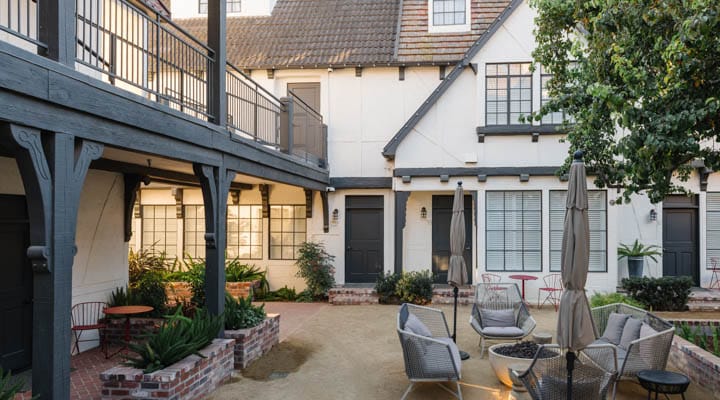
Photo Credit: Bethany Nauert Photography

During lockdown and as a reaction to the minimalist design aesthetic, an increasing number of images on social media began highlighting rural pastures, pretty little cottages adorned with vines and florals, soft-focus filtered images of sunlit walkways, picnics and tea tables set up near lakes and streams, and fashion adorned with miniature flowers, butterflies and berries — all part of an escape from reality into a surreal fantasy environment. Also, many of the homemaking trends shown on social media reflect this trend — sourdough baking, candle-making, etc. And, as we’ve reported in our trends reports the past few years, surrealism and forest-bathing are trending. Cottagecore provides one area of inspiration of these trends.
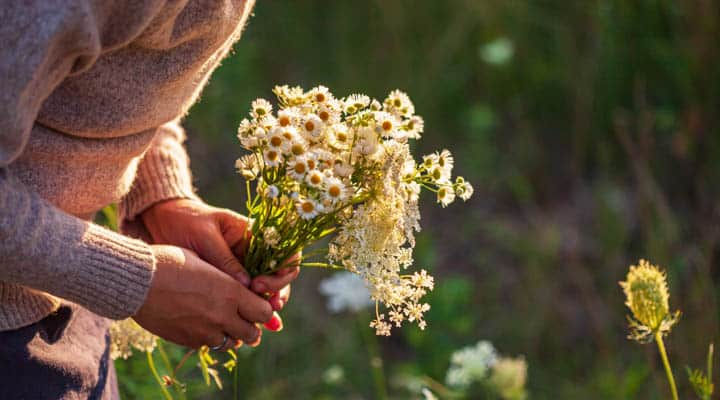
This aesthetic is hitting the right notes for those seeking inspiration on uncomplicated times and pleasures with romantic fairytale escapism overtones. And, with Taylor Swift’s record Folklore launching last year — including a selection of promotional images showing her in a woodland setting with a cozy, worn overcoat — this ideal of nostalgia, escapism and coziness pushed cottagecore into the mainstream. The New York Times even wrote a piece on this trend last March 2020.
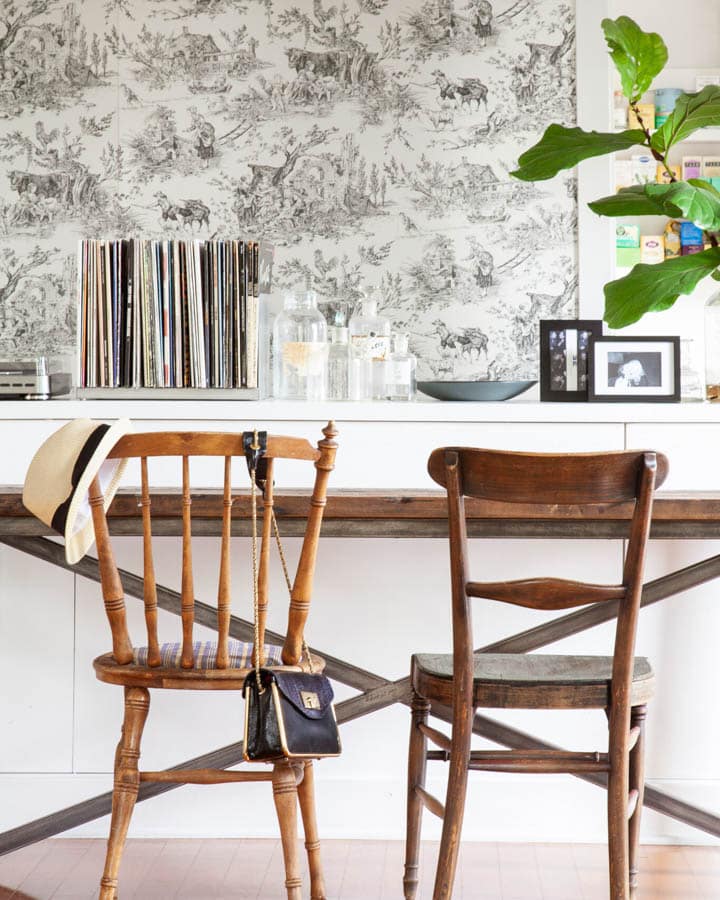
Photo Credit: Bethany Nauert Photography
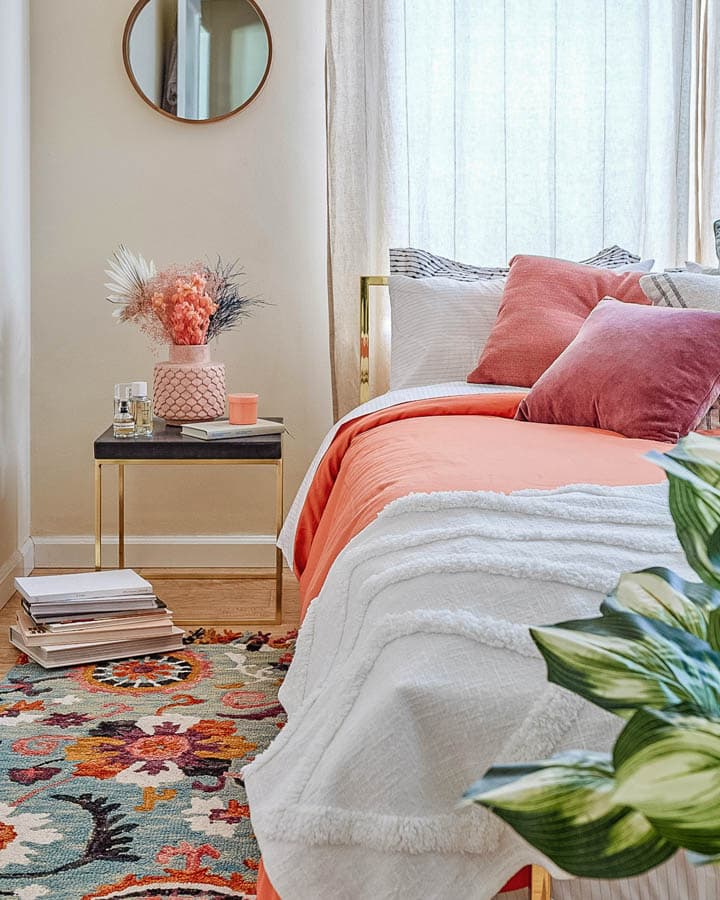
Photo credit: Bethany Nauert Photography
A History of Cottagecore
As the ideal of homespun rural lifestyle, cottagecore is thought to have first started with the aristocrats in France during the 1700s. Even Marie Antoinette would escape the formal life of royalty at Versailles and
connect to a rural setting. She had the designers of Versailles create a village of buildings in an idealized cottage architectural style and would dress in a simpler manner as a disguise to immerse herself in farm life.
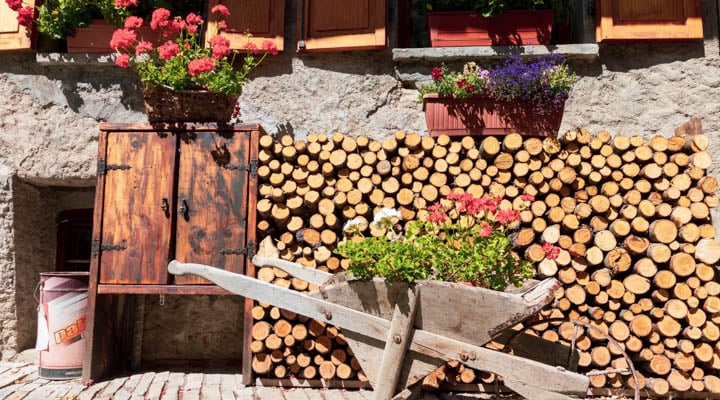
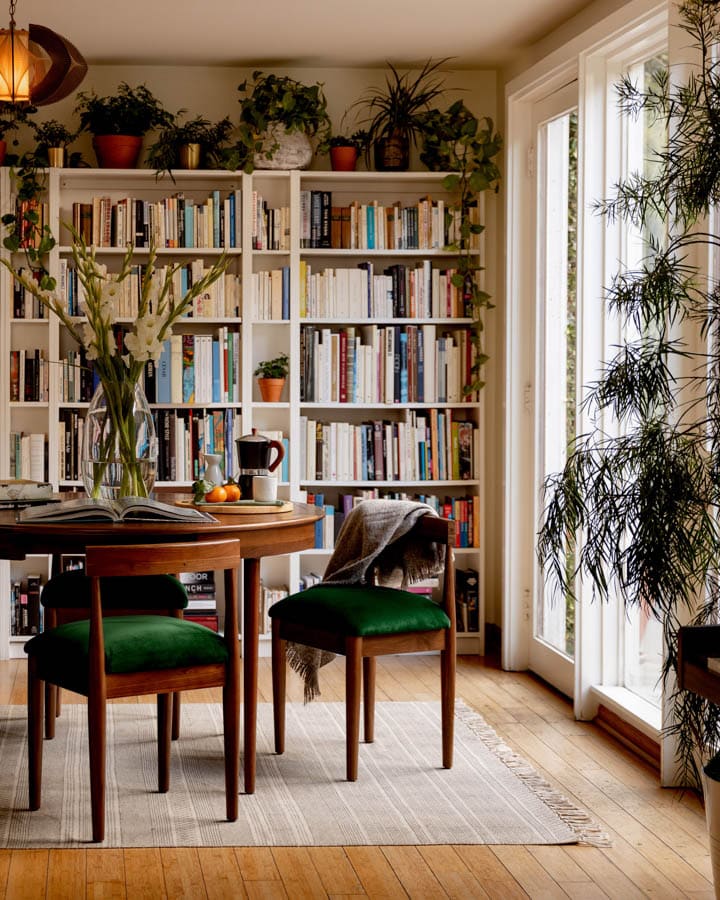
Photo credit: Bethany Nauert Photography
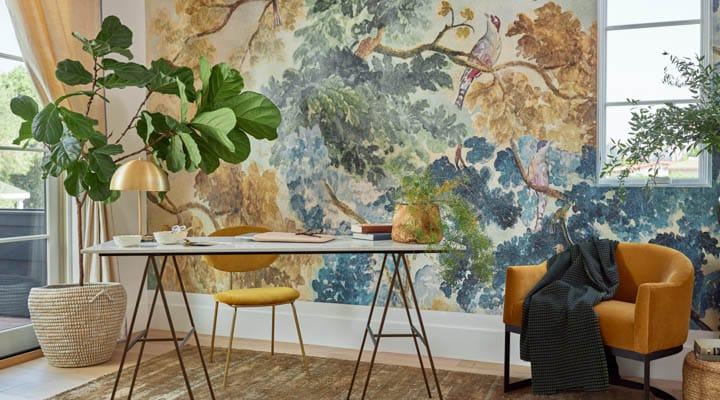
Photo credit: Bethany Nauert Photography
In more recent decades, this idea showed up within the concept of homesteading, which saw a resurgence in the 1960s and '70s, and was based on the idea of self-sufficiency and agriculture. A re-emergence of this in recent years is associated with hipster lifestyles, promoting adaptive renewable energies and urban gardening.

Cottagecore Aesthetic Details
- The color palette is worn in, comfortable neutral tones and muted accent colors including ivory, brown, beige, olive green, mustard yellow, baby pink, dusty rose, light and buttery yellows, baby and watery blues and warm grays
- Vintage furnishings for a lived in, casual countryside aesthetic...nothing too fussy
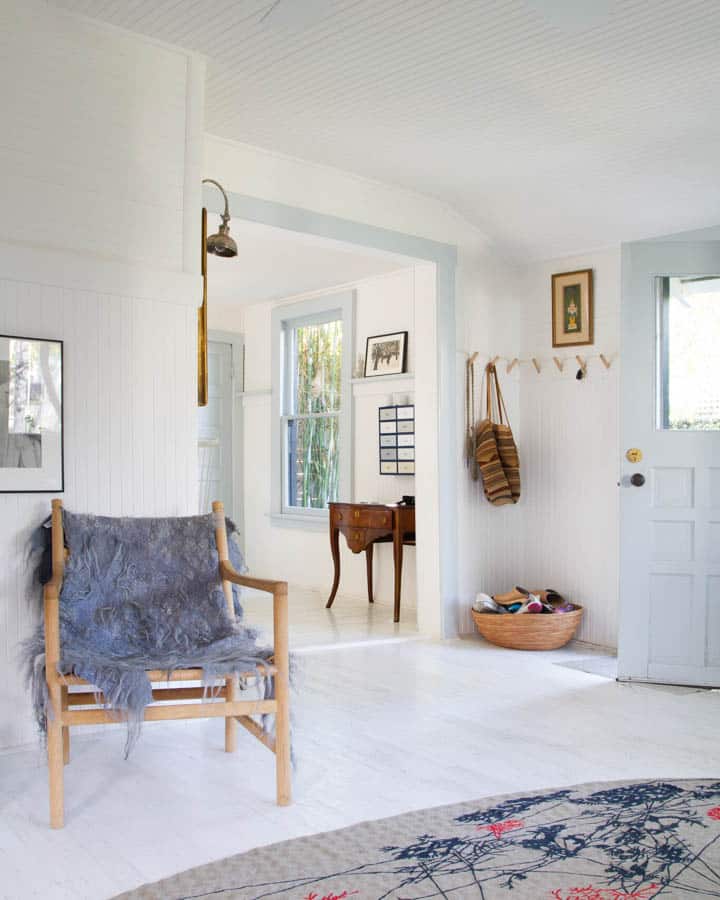
Photo Credit: Bethany Nauert Photography
- Pattern play with muted floral prints, gingham and stripes
- Textiles — soft linens in neutrals, natural fibers, cotton, silk
- Unfinished and splintered woods
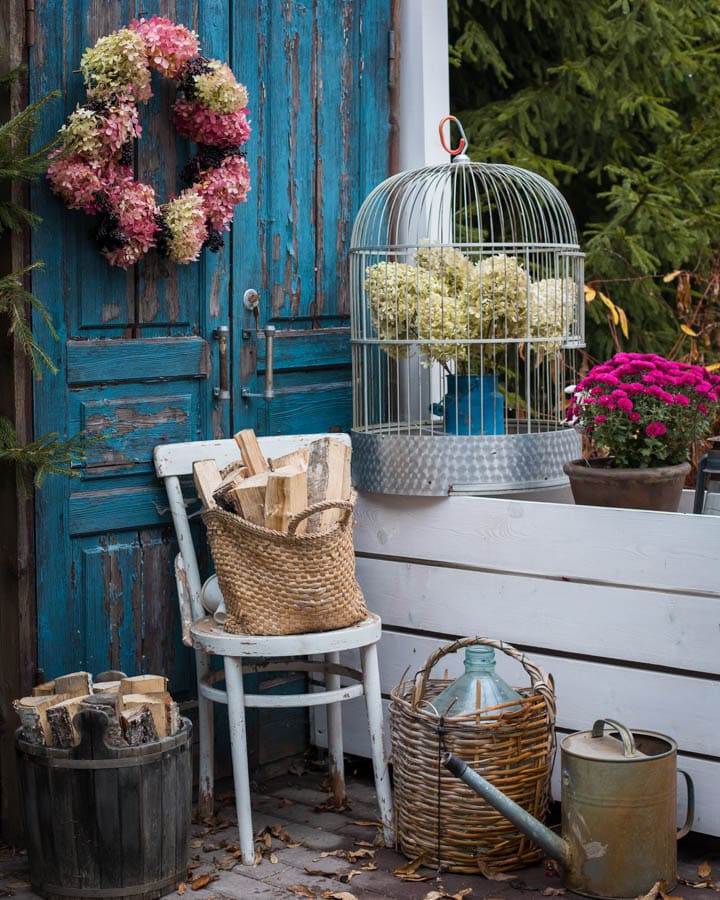
- Accents include woven baskets, antiques and historical references, dried florals, picnic and tea sets
- Shelving from floor to ceiling hosting a large collection of books and accessories
- Kitchen spaces with English cottage design overtones
- Gallery walls overflowing with a variety of images and frame styles
- Fashion influences from Jane Austen novels and movies, including "Anne of Green Gables" and "Little Women," as well as 19th-century rural and farm fashion

Subcategories of Cottagecore
Several offshoots of cottagecore have also driven social media to embrace the trend. Though mostly displayed through fashion many of these subcategories are incorporated in the cottagecore interior and exterior design trends as subtle hints in accents or color palettes. Captured here are a handful of the noted subcategories:
- Mori Kei — Originating from Japan, and known as Mori Girl, this aesthetic is inspired by life in the woods. Mori is “forest” in Japanese. Most influences, through fashion, can blend with other subcategories in an interior design aesthetic. This is a slightly more elegant and doll-like version of cottagecore that began trending around 2009. Color palette highlights include mostly neutral tones of ivory, off-white, khaki, beige and brown. Look to Lagom for additional design inspiration for this story.
- Goblincore — This celebrates aspects of nature that most may find not appealing such as mushrooms; mud and moss; frogs and snails; and of course, the European folklore goblin character, known for its ugliness. Similar in color to naturecore, this aesthetic uses a range of nature-based colors such as greens and earthy browns. Look to the Moonwake trend story as inspiration.
- Naturecore — An aesthetic related to animals and nature, this theme highlights rivers and streams, woodlands and wild plant life. The color range consists of greens and earth tones such as browns and reds. Look to Querencia for additional design inspiration to add layers to this story.
- Dark/goth cottagecore — A darker theme with mystical overtones and autumnal settings, it evokes the solitary garden life with an emphasis on horticulture and farming, deeper hues and nature influences. Look to our Moonwake trend story as inspiration.
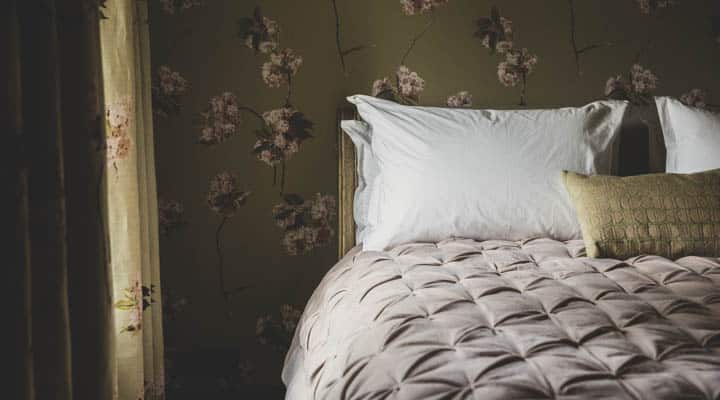
- Honeycore — This motif revolves around the production and consumption of sweet foods, including honey. Leaning more toward exterior and landscape design — visions of family picnics, lush grass and wildflowers, fresh sheets, a blend of comfortable and vintage exterior furnishings — think comfort, familial memories and the color palette is overwhelmingly warm with yellows, browns and whites. Look to Solibre for further color palette inspiration.
- Fairycore — like other aesthetics, fairycore focuses on nature but with the addition of princess elements like butterflies, flowers and magical creatures of the forest. The color palette is bright and colorful with a range of pastels. Look to Hanabi as inspiration.
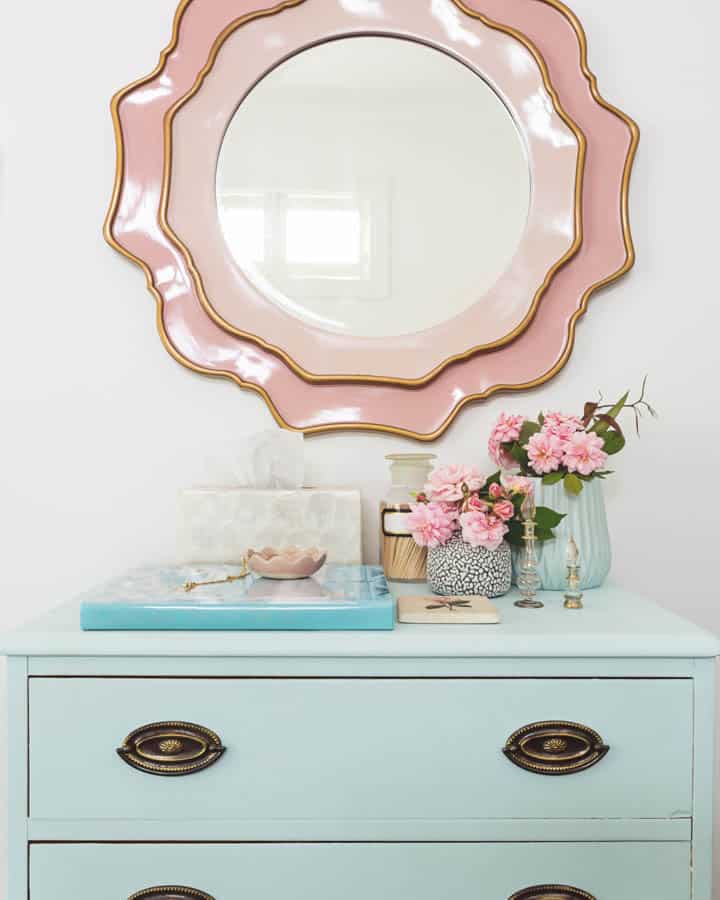
How is Grandmillennial Style Different?
Grandmillennial style (also known as grandmacore) is the newer term for the traditional trend occurring now. This trend cycles through trends every few years and is also seeing a recent resurgence with fresh colors and more feminine soft curves to furnishings. This style emphasizes traditional furnishings, more formal in
nature, than cottagecore.
Grandmillennial Aesthetic Details
- Finds from your grandmother’s attic and connections to childhood with how traditional parental households may have been styled
- Bold, interesting colors
- Floral prints, Laura Ashley style prints, pattern play,
- Traditional lines and classic refined pieces
- Accents including ruffles, embroidery, chintz, fringe, chinoiserie, skirts on furniture, wallcoverings, contrast welting, brass accessories
As an aesthetic based in nature and slow living, as well as self-care the cottagecore trend is here to stay for the year ahead.




